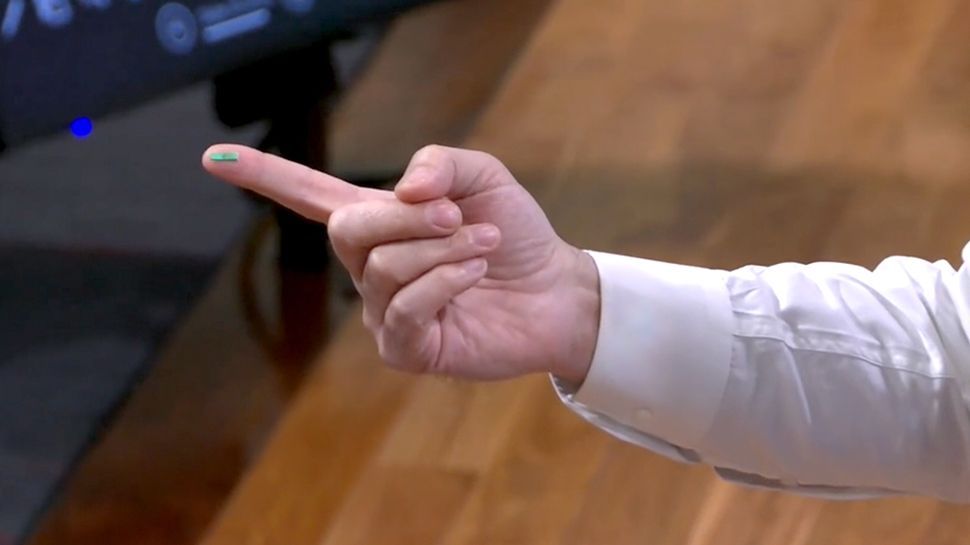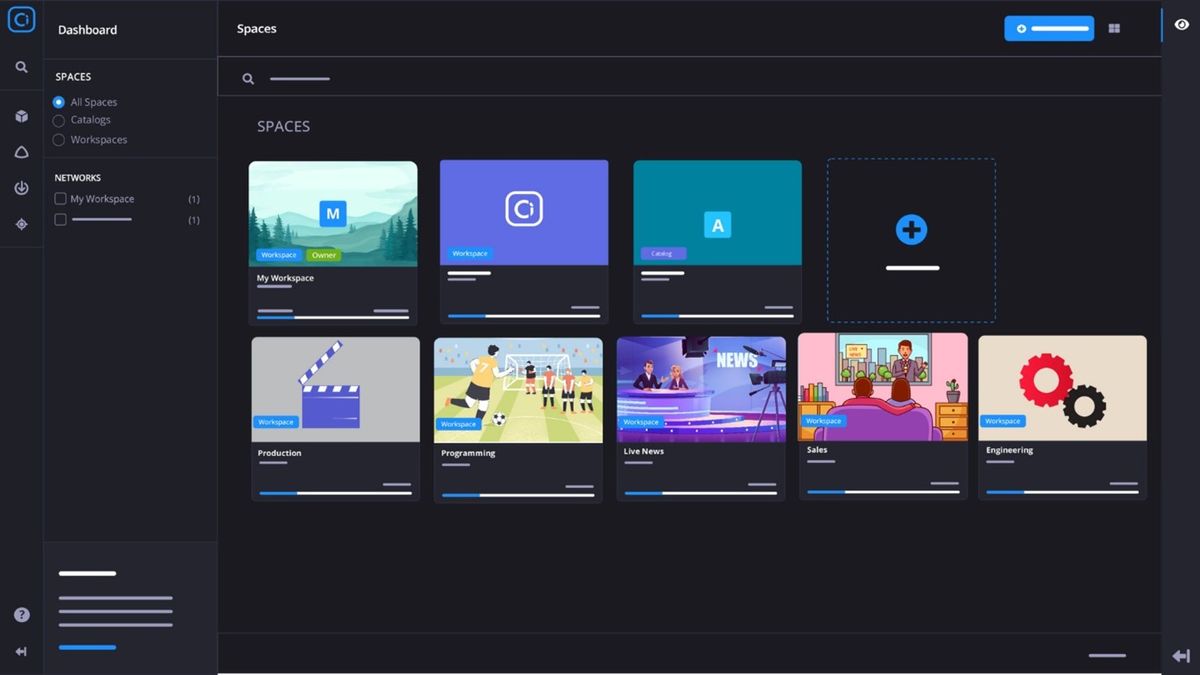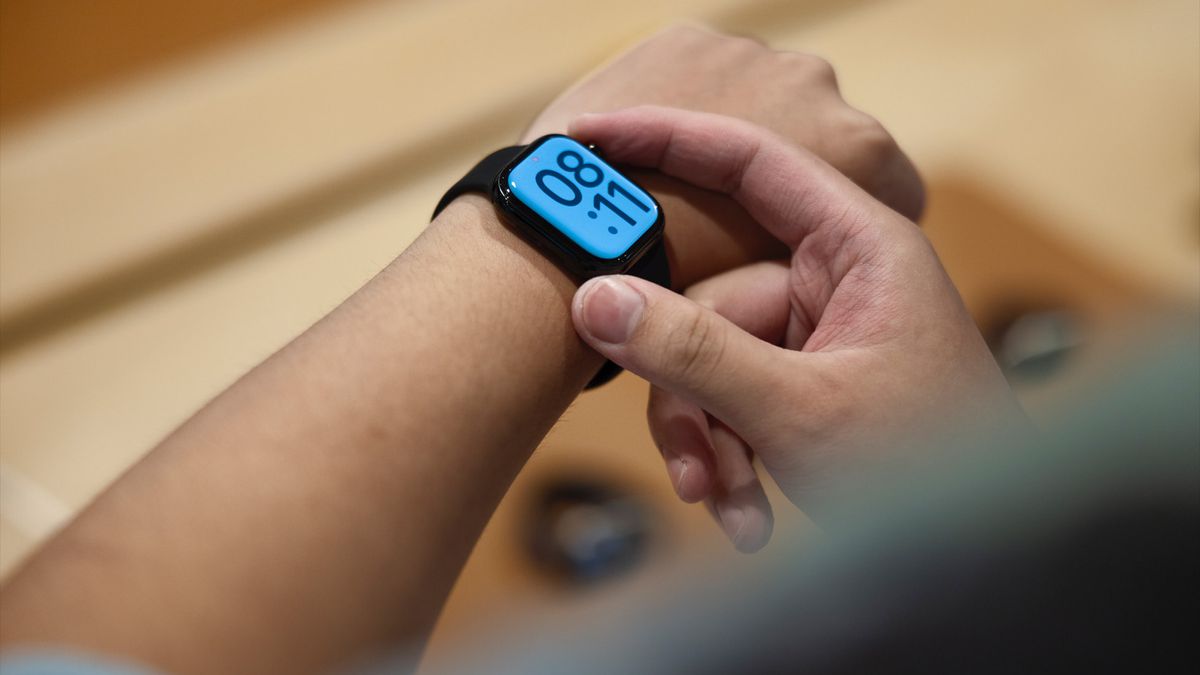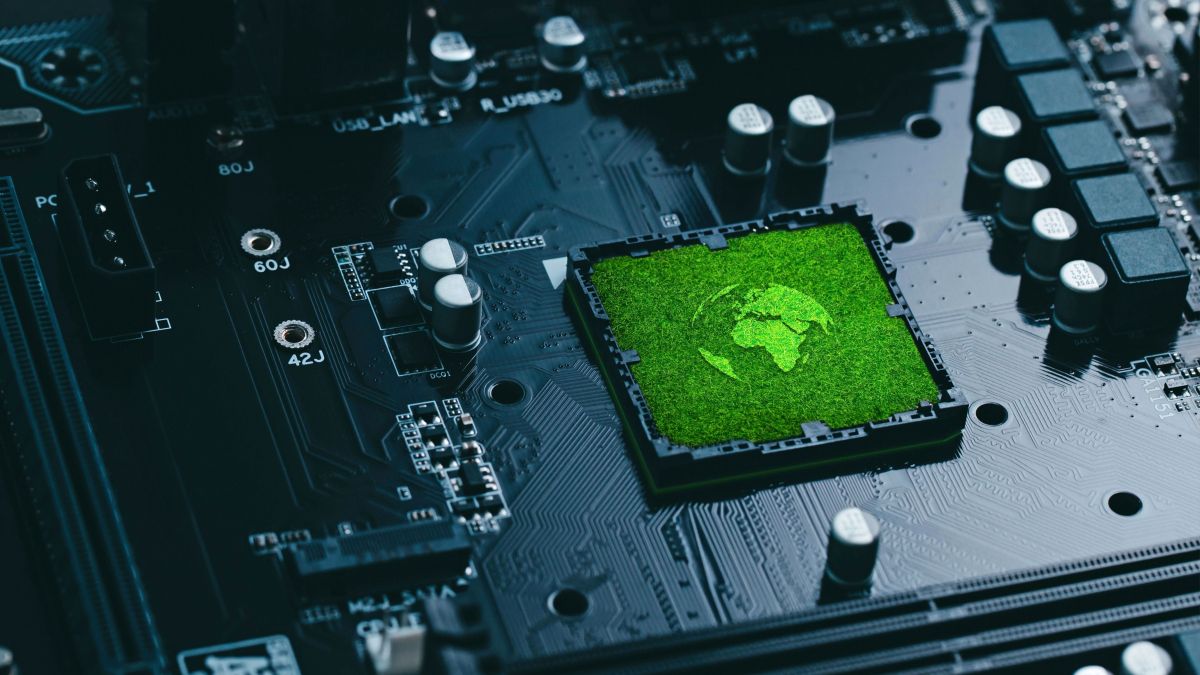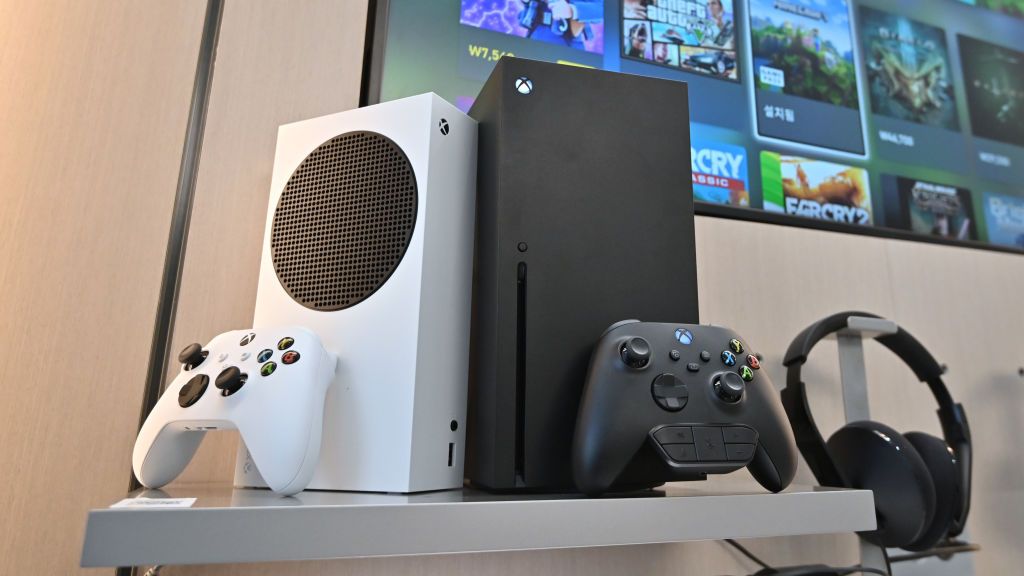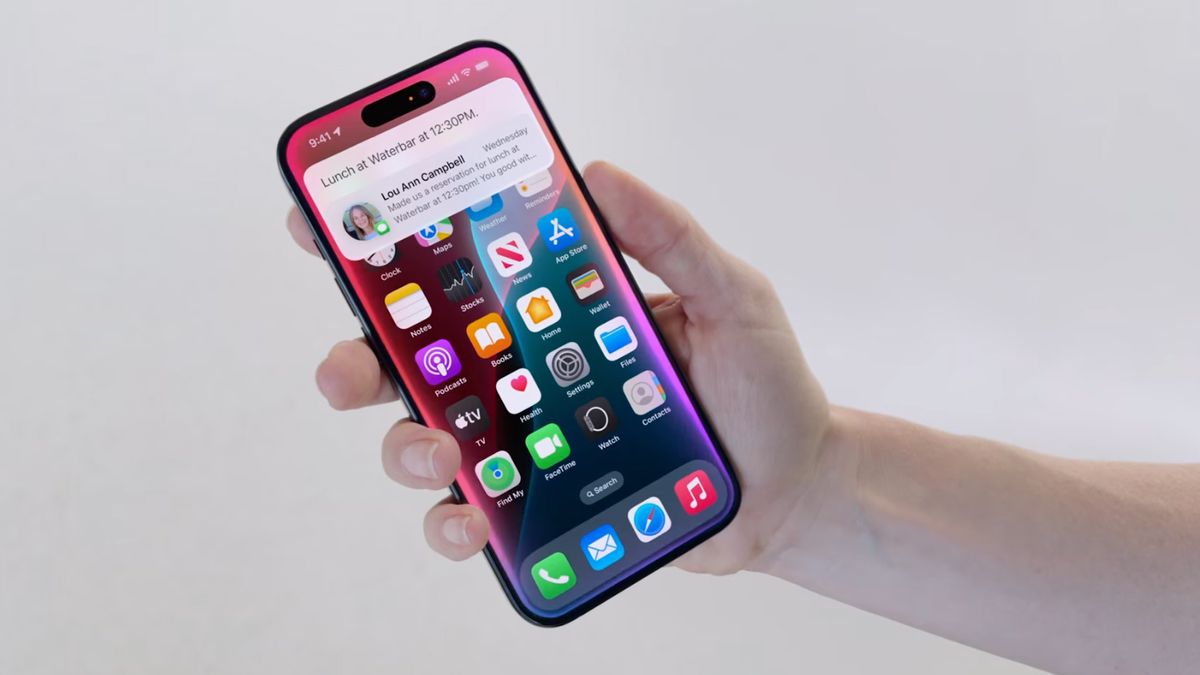In an investor webcast titled “New Era of NAND,” Western Digital revealed the world's highest capacity memory, the BiCS8 2Tb QCL.
Created in partnership with Kioxia (the two companies are responsible for producing about a third of global bit output in the NAND industry, WD said), it uses eighth-generation BiCs (or BiCS8) technology, announced in 2023.
Western Digital released a slide that revealed that BiCS8 offers 50% better memory density than the previous generation, as well as 12% better layer density, 30% better program bandwidth, 10% better read latency, 21% better and >80% transfer speed. The company also claimed that the I/O speed of its BiCS8 is 50% faster than its peers of the same generation.
Smaller than the tip of a finger
After going into some details about the BiCS8 and Circuit Bonded Array (CBA) technology, Alper Ilkbahar, senior vice president of technology and strategy, surprised investors by announcing: “I am very, very excited to share with you a preview of the chip QLC BiCS8 2TB. “I designed this chip to meet AI and data center storage needs. We will announce this product shortly, but today I want to share it with you. “This is the highest capacity memory chip in the world.”
Then investors had the opportunity to watch the new model die. “Normally we show a wafer, but I felt that the view of a wafer does not convey what we have achieved,” Ilkbahar said, before briefly disappearing from view and returning with the small die balanced on the tip of his finger, which can be see in the photo above. “Store 2 billion – 2 billion! – bits, and that's what I think technological leadership looks like,” Ilkbahar said, as he dropped the microphone.
The new flash memory could potentially reshape the high-capacity solid-state drive market, enabling much faster, larger, and more energy-efficient SSDs. Although details about the exact architecture of the 2TB IC remain unknown for now, Tom's Hardware notes: “A 256GB 3D QLC NAND device would allow manufacturers to build a 1TB SSD using just four memory ICs and one drive. of 2TB using eight devices, which greatly reduces their costs. Creating a 16-die package would allow an impressive 4TB in a single-chip package.”
We will find out more about 2TB QLC NAND when Western Digital announces it earlier.

